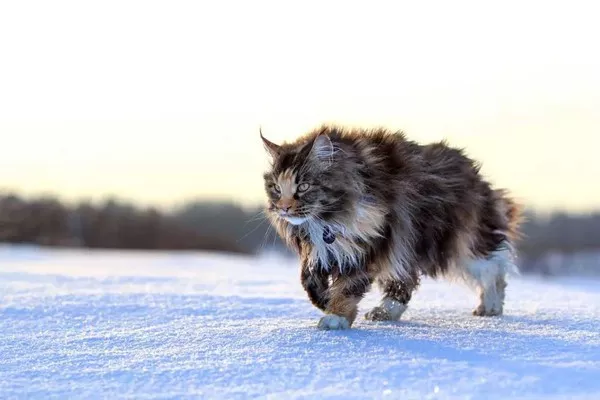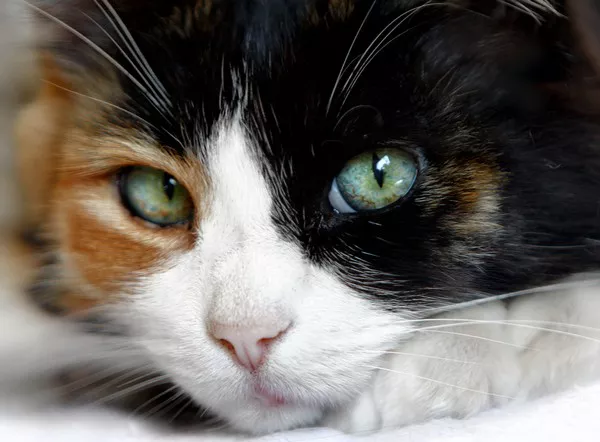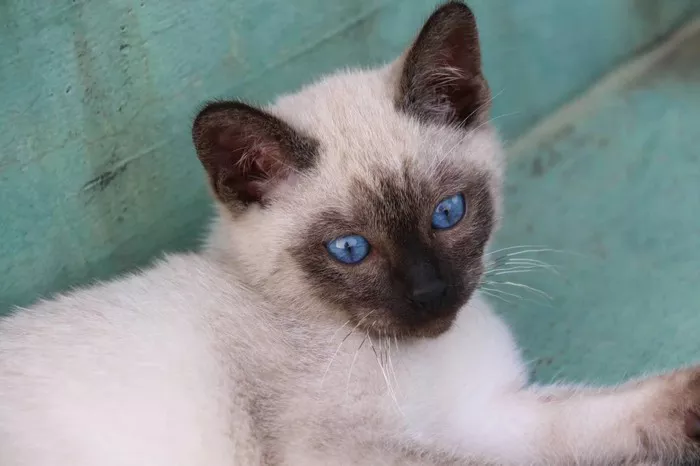Cats are known for their particular dietary needs, being obligate carnivores with a digestive system designed to thrive on animal-based proteins. While the occasional treat or addition to their diet might seem harmless, it’s essential to be aware of what fruits cats should avoid. In this comprehensive guide, we will explore the world of feline nutrition, focusing specifically on fruits that may pose risks to your cat‘s health. Understanding these limitations ensures that you make informed choices when it comes to treating your feline friend.
Fruits Cats Should Avoid
1. Grapes and Raisins:
Grapes and raisins are known to cause kidney failure in dogs and have similar potential risks for cats. Even a small amount can be toxic, leading to symptoms such as vomiting, lethargy, and loss of appetite.
2. Citrus Fruits:
Citrus fruits like oranges, lemons, and grapefruits contain citric acid and essential oils that can cause digestive upset in cats. Ingesting these fruits may lead to vomiting, diarrhea, and potential gastrointestinal irritation.
3. Persimmons:
While persimmons are a delicious and nutritious fruit for humans, they can be problematic for cats. The seeds in persimmons can cause intestinal blockages, leading to serious health issues.
4. Peaches and Plums:
The pits or stones in peaches and plums contain cyanide, which is toxic to cats. Ingesting these pits can result in respiratory distress and other severe complications.
5. Avocado:
Avocado contains a substance called persin, which is toxic to many animals, including cats. While the flesh of the avocado may not be as harmful, it’s best to err on the side of caution and avoid sharing this fruit with your feline friend.
6. Cherries:
Cherries, especially the pits and stems, contain cyanide. Ingesting these parts can lead to toxicity, causing symptoms such as difficulty breathing and, in severe cases, death.
7. Tomatoes:
While the red, ripe flesh of tomatoes is generally considered safe for cats, the green parts (stems and leaves) contain solanine, which can be toxic. However, it’s recommended to avoid offering tomatoes altogether to prevent any potential risks.
8. Fruits with Seeds:
Fruits with seeds, such as apples, pears, and apricots, may pose a choking hazard to cats. Additionally, the seeds contain compounds that can be toxic. It’s best to remove seeds before offering these fruits.
Understanding the Risks:
Toxic Compounds:
Many fruits contain compounds that may be harmless to humans but can be toxic to cats. These compounds can cause a range of issues, from gastrointestinal upset to severe organ damage.
Allergic Reactions:
Cats, like humans, can have allergic reactions to certain foods. Introducing new fruits into their diet increases the risk of allergies, which may manifest as itching, swelling, or respiratory issues.
Choking Hazards:
Fruits with pits or seeds pose a choking hazard to cats. In their eagerness to consume the tasty flesh, cats may accidentally ingest these parts, leading to respiratory distress.
Digestive Upset:
Feline digestive systems are sensitive, and introducing new or unusual foods can lead to digestive upset. This may manifest as vomiting, diarrhea, or discomfort.
Safe Alternatives:
While some fruits should be avoided, there are safe alternatives that you can offer to your cat in moderation. These include:
1. Blueberries:
Blueberries are rich in antioxidants and can be a safe and tasty treat for cats. Ensure they are fresh and offered in small, manageable quantities.
2. Watermelon:
Watermelon, minus the seeds and rind, can be a hydrating and refreshing option for cats. Remove any seeds to avoid choking hazards.
3. Bananas:
Bananas, in moderation, are generally safe for cats. They are a good source of potassium and can be offered in small slices.
See also: Can Cats Eat Bananas? [Revealed!]
4. Cantaloupe:
Remove the seeds and rind, and offer small pieces of fresh cantaloupe. Cats may enjoy the juicy sweetness in moderation.
5. Strawberries:
Strawberries, when fresh and hulled, can be a delightful treat for cats. Offer them in small portions and monitor for any adverse reactions.
See Also: Can Cats Eat Strawberries? [Revealed!]
6. Pineapple:
Fresh pineapple, devoid of the tough skin and core, can be shared with cats in small amounts. The sweet and tangy flavor may appeal to some felines.
Tips for Safe Treat Sharing:
Consult Your Veterinarian:
Before introducing new fruits into your cat’s diet, consult with your veterinarian. They can provide guidance based on your cat’s individual health and dietary needs.
Monitor for Allergic Reactions:
When offering a new treat, monitor your cat for any signs of allergic reactions, such as itching, swelling, or changes in behavior. Discontinue the treat if any adverse reactions occur.
Avoid Processed Fruits:
Processed fruit products, such as jams or canned fruits, often contain added sugars and preservatives that are not suitable for cats. Stick to fresh, whole fruits when sharing with your feline friend.
Moderation is Key:
Treats, including fruits, should be offered in moderation. They should complement your cat’s balanced and nutritionally complete cat food.
Remove Seeds and Pits:
Before offering fruits to your cat, ensure that all seeds, pits, and inedible parts are removed to prevent choking hazards and potential toxicity.
Conclusion:
Understanding what fruits cats should avoid is an integral part of responsible pet ownership. While the temptation to share your favorite fruits with your feline companion may be strong, prioritizing their unique dietary needs ensures their overall well-being. By choosing safe alternatives and consulting with your veterinarian, you can create enjoyable and healthy treat-sharing moments that contribute positively to the bond between you and your beloved cat.



























